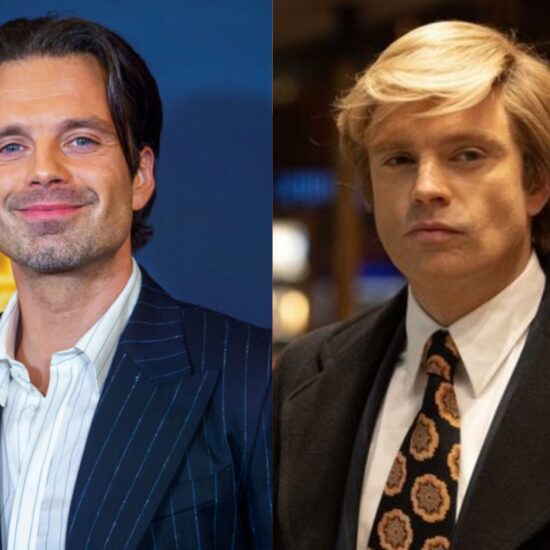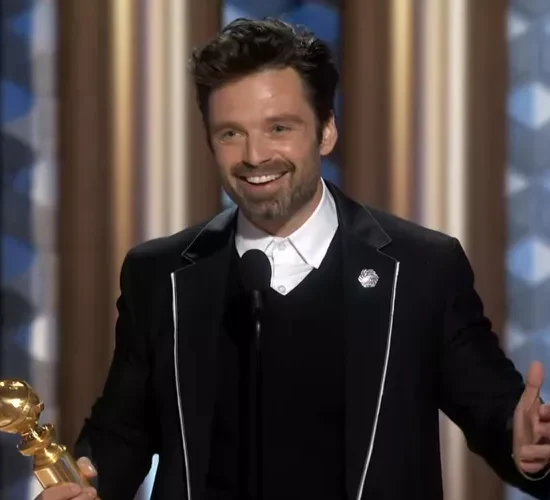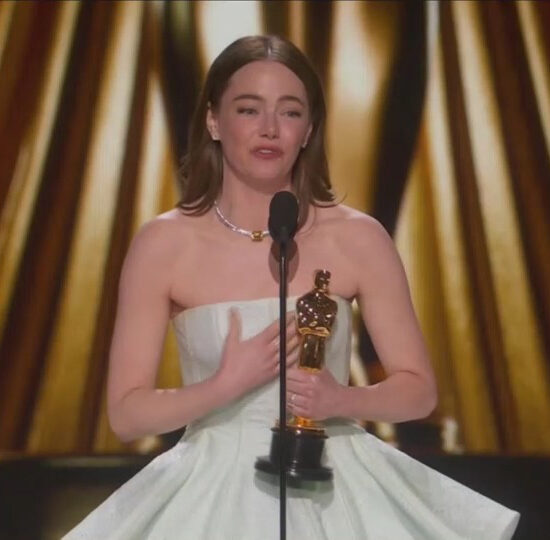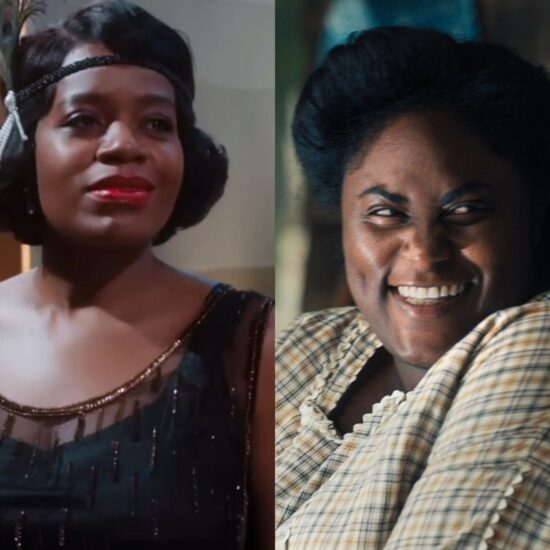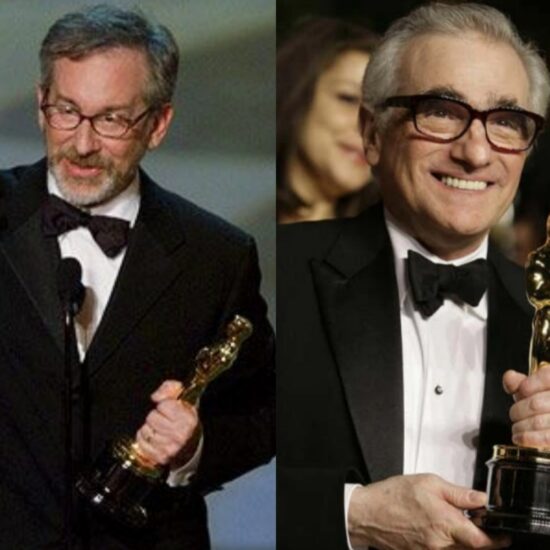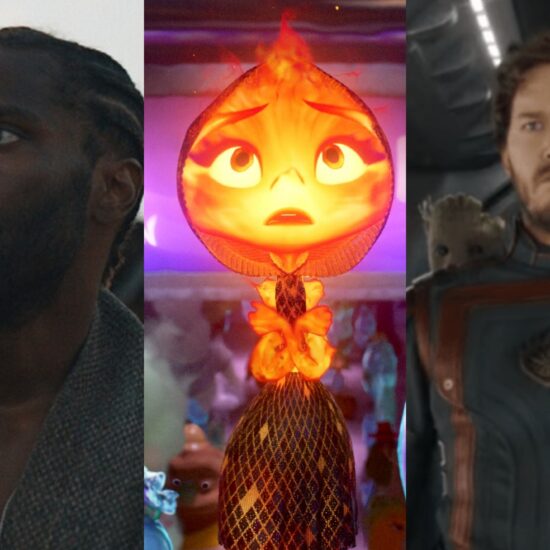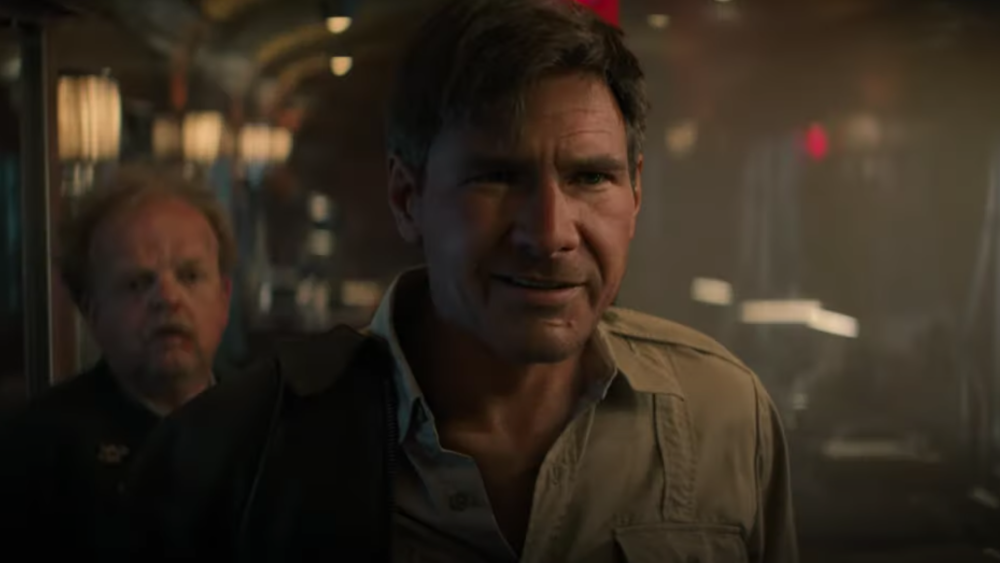
Here’s a fun fact that Hollywood actors hate to admit… people get older.
In a reaction to the natural progression of life, Hollywood has engaged in de-aging effects for older actors to play younger versions of their characters, whether in franchises or standalone films — such as Robert DeNiro in “The Irishman,” Samuel L. Jackson in “Captain Marvel” and most recently, Harrison Ford in “Indiana Jones and the Dial of Destiny.”
Like most new technology that comes into the industry, it takes some getting used to. However, with more than two dozen high-profile experiments thus far, the misfires greatly outweigh the successes. De-aging effects in Hollywood still need to be fine-tuned, and Hollywood should only use them once we can perfect the technique.
A primary concern is that while these effects are visually impressive, they fall short of replicating the natural appearance of a younger self. In addition, it can affect how viewers react to the film, as they become distracted by the uncanny effects that lack the subtle nuances and authenticity that create human expressions.
James Mangold’s take on the famous archeologist received a tepid response following its premiere at the Cannes Film Festival, where critics and attendees were divided on this fifth installment of the franchise. But hardcore Indy fans may find redemption in this final chapter of Ford’s beloved hero, following the insufferable “Kingdom of the Crystal Skull” (2008).
For the first 25 minutes, encompassing a large action set piece featuring the professor fighting Nazis on a high-speed train during World War II, Ford is digitally transformed back to his prime, which began with Steven Spielberg’s 1981 classic “Raiders of the Lost Ark.” After a bag is removed from the actor’s head, digitized eyes fail to harness the realism of a young Indiana, instead emulating what looks like a video game story break in between gameplay before the user takes over the character to take on the next mission or quest.
While the action beats and movements are impressive, the effects in the scene only work because, for most of it, it’s shrouded in darkness, featuring both Ford and co-star Toby Jones (not de-aged?) running on the rooftops of the train ducking and dodging the worst-aiming soldiers depicted in modern cinema.
With de-aging effects that have been deemed successful — such as 2019’s “Gemini Man” with Will Smith as an assassin who is hunted by a younger, cloned version of himself or Alfred Molina with his welcomed return as Doc Ock in 2021’s “Spider-Man: No Way Home” — the practice offers a false impression that Hollywood has “nailed it.” But in actuality, some attempts are less distracting because they’re used in subtle and smart ways throughout their execution.
“The Irishman”
©Netflix/Courtesy Everett Collection
It can be argued there is such a thing as being “too old to be de-aged.” For example, despite the fact that it nabbed an Oscar nomination for best visual effects, one of the main criticisms of Martin Scorsese’s 2019 gangster flick “The Irishman” is that, despite the valiant effort to make its three main leads — DeNiro, Al Pacino and Joe Pesci — look decades younger, when the actors are playing those characters in that specific period, they still maneuver as people in their senior years. Such physical limitations imposed by the technology can restrict the actor’s range of facial expressions and body language, mostly due to the extensive digital manipulation that must take place.
What happened to the good ol’ days of casting different actors to portray characters at various stages of their life? Do we no longer see the value of what Judi Dench and Kate Winslet brought to 2001’s “Iris” or Winslet and Gloria Stuart in “Titanic?”
Following today’s trends, Marlon Brando would have been de-aged to play the Corleone patriarch in “The Godfather Part II,” depriving the world of Robert DeNiro’s Oscar-winning turn. Even River Phoenix brilliantly portrayed a young Indiana Jones in “The Last Crusade.”
The harsh truth is there is a fundamental difference, which can be recognized by the naked eye, between how someone in their 20s and 30s navigates the world versus someone in their 70s and 80s.
That could explain why Mads Mikkelsen, 57, who plays the villainous Jürgen Voller, has no trouble transitioning from his 1939 to his 1969 self.
Hindsight and time always allow perspective and reflection. So even though David Fincher’s “The Curious Case of Benjamin Button” won the Oscar for visual effects in 2010, it may not have been the best idea to retrofit Brad Pitt’s face on the body of a young child who looks like an old man, but then have a real-life baby at the end, which logically doesn’t precisely track.
Interestingly, we’ve seen the technology used heavily in older male actors and seldom with women. Michelle Pfeiffer from “Ant-Man and the Wasp” and Sean Young from “Blade Runner 2049” are a few of the sole examples. What will the reception be when a prominent A-lister like Helen Mirren or Julia Roberts takes on a leading role that attempts to use them? Will it be received similarly or taken more harshly?
Are the effects why “Dial of Destiny” doesn’t work for its detractors? Not exactly.

Indiana Jones (Harrison Ford) in “Indiana Jones and the Dial of Destiny.”
Jonathan Olley / Lucasfilm Ltd.
It’s unapologetic about who it’s catering to… its adoring fans. Like any franchise hero who lacks superhero powers, the narrative and action beats defy physics and logic, such as every character able to scale a rock wall with no gear or survive a missile explosion in a compound (which is still not as bad as surviving a nuke by way of a refrigerator in “Crystal Skull”). All those fantastical feats are ironic since Indy is an avid supporter of “science.”
In addition, much of the film feels like a 1969 template of “Grand Theft Auto,” and also possibly sets a record for the number of times people are kidnapped and rescued in a 142-minute movie.
While “Raiders of the Lost Ark” found its way to nine Oscar noms and five wins, “Dial of Destiny” seems unlikely to follow in its predecessor’s footsteps. Last year, two blockbuster sequels entered the best picture lineup — 20th Century Studios’ “Avatar: The Way of Water” and Paramount’s “Top Gun: Maverick” — with the latter also debuting at Cannes. There are often two roads that lead to recognition for the Academy’s top prize — record-breaking box office and/or love from the artisan branches.
I found myself being hypnotized by the nostalgia of it all and was utterly charmed by the performances of Phoebe Waller-Bridge (even though her character lacks likability) and newcomer Ethann Isidore (maybe he can win his own Oscar in 30 years time?)
It’s unclear if “Indy” will be able to travel either of those two roads, at least based on these early reactions.









